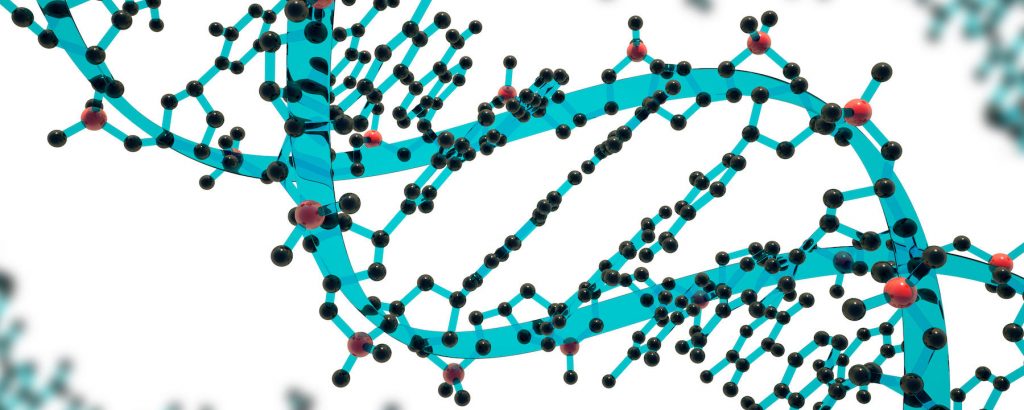Abstract
Raynaud’s phenomenon (RP) is a common vasospastic disorder that causes severe pain and ulcers, but despite its high reported heritability, no causal genes have been robustly identified. We conducted a genome-wide association study including 5,147 RP cases and 439,294 controls, based on diagnoses from electronic health records, and identified three unreported genomic regions associated with the risk of RP (p < 5 × 10−8). We prioritized ADRA2A (rs7090046, odds ratio (OR) per allele: 1.26; 95%-CI: 1.20-1.31; p < 9.6 × 10−27) and IRX1 (rs12653958, OR: 1.17; 95%-CI: 1.12–1.22, p < 4.8 × 10−13) as candidate causal genes through integration of gene expression in disease relevant tissues. We further identified a likely causal detrimental effect of low fasting glucose levels on RP risk (rG = −0.21; p-value = 2.3 × 10−3), and systematically highlighted drug repurposing opportunities, like the antidepressant mirtazapine. Our results provide the first robust evidence for a strong genetic contribution to RP and highlight a so far underrated role of α2A-adrenoreceptor signalling, encoded at ADRA2A, as a possible mechanism for hypersensitivity to catecholamine-induced vasospasms.
Introduction
Raynaud’s phenomenon (RP) is a common episodic, vasospastic disorder that affects 2–5% of the population and can severely affect an individual’s quality of life by causing pain or even ulcers1,2,3. RP typically manifests with bi- or triphasic colour change in fingers and toes because of vasospasms in arteriovenous anastomoses responsible for thermoregulation, which can be triggered by cold or emotional stress4. The causes for the more common form of primary RP are largely unknown4,5, while secondary RP is diagnosed as a consequence of connective tissue diseases, like systemic lupus erythematosus (SLE) or systemic sclerosis (SSc), or triggered by the use of drugs such as beta-blockers. Management of RP is predominantly limited to the avoidance of triggers and evidence for medical treatment is generally weak. Repurposed vasodilators are the first line of treatment if pharmacological intervention is required due to progressive frequency of vasospastic attacks6, although only calcium channel blockers have so far been shown to lead to a significant and reproducible reduction in the frequency of vasospastic attacks7. However, the use of systemic drugs for localized symptoms puts patients at risk of generalized adverse effects, such as hypotension. While there are now trials investigating local application of botulinum toxin to mitigate vasospastic effects with early promising results8, a better understanding of the underlying mechanisms is needed to develop safe and effective treatments.
RP is highly heritable with estimates of 55–64% being reported9,10, but previous candidate gene studies11,12, like at serotonin receptors13, and an early, small (n = 640 cases) genome-wide association study (GWAS)14 failed to provide evidence for any robustly associated regions or genes. In-depth investigation and integration of detailed information from primary and secondary healthcare records with genetic array data now provide the opportunity to study under-investigated diseases with diagnostic specificity at an unprecedented scale.
Here, we present the so far largest GWAS for RP including 5147 cases in the UK Biobank cohort15 and report two robust and strong (p < 4.8 × 10−13) novel loci. We highlight two independent disease mechanisms supported by those loci that challenge and advance our current understanding of primary RP, with ADRA2A highlighting the role of α2A-adrenoreceptors and IRX1 as a putative regulator of vasodilation by altering prostaglandin and/or bradykinin responsiveness.
Results
We identified a total of 5147 RP cases and 439,294 controls of European descent included in the genetic analyses (Supplementary Table 1 and Supplementary Fig. 1) based on collation and evidence of absence or presence of diagnostic codes from electronic health records (ICD-10 codes: I73.0, I73.00, I73.01; CTV3/Read2: G730., G7300, G7301, G730z, XE0VQ), including 2185 prevalent cases and 2962 incident cases. We followed the recommendation by Wigley et al.4 to summarize all patients with a relevant code under the term Raynaud’s phenomenon (RP) rather than Raynaud’s syndrome.
Genome-wide association analysis
We identified a total of three genome-wide significant novel loci (p < 5.0 × 10−8, minor allele frequency (MAF) 14.3–31.1%) associated with RP (Fig. 1 and Table 1; regional association plots in Supplementary Fig. 2). Two of which met a more stringent significance threshold (p < 1.0 × 10−9; Table 1), which we consider as tier 1 findings of which one had previously been shown to increase the risk of myocardial infarction (rs12653958). All lead variants increased the risk for RP by ~20% per copy of the minor allele (Table 1) and resided in intergenic regions with no obvious functional variants in linkage disequilibrium (LD; r2 > 0.6) and were of low predicted impact (CADD score range: 0.36–3.41). Despite the established sex-difference of RP, we did not find evidence that the effects of any of the identified lead signals differed between men and women (all p-values for interaction > 0.05; Supplementary Table 2). We estimated a single nucleotide polymorphism (SNP)-based heritability on the liability scale of 7.7% (95% CI: 4.8–10.6%, p < 2.4 × 10−7) with little evidence of genomic inflation (LD-score intercept 1.01; Supplementary Fig. 3)….







